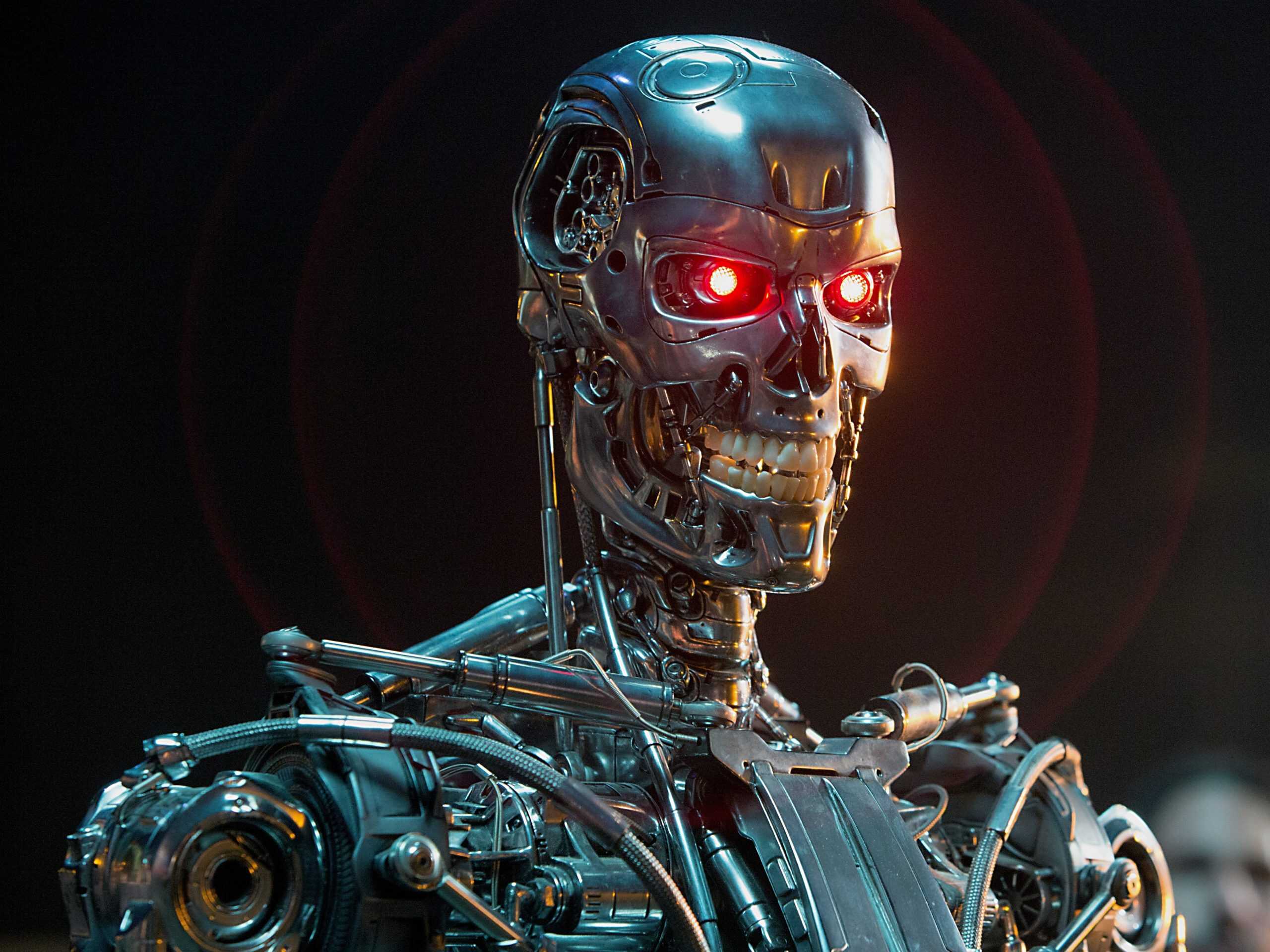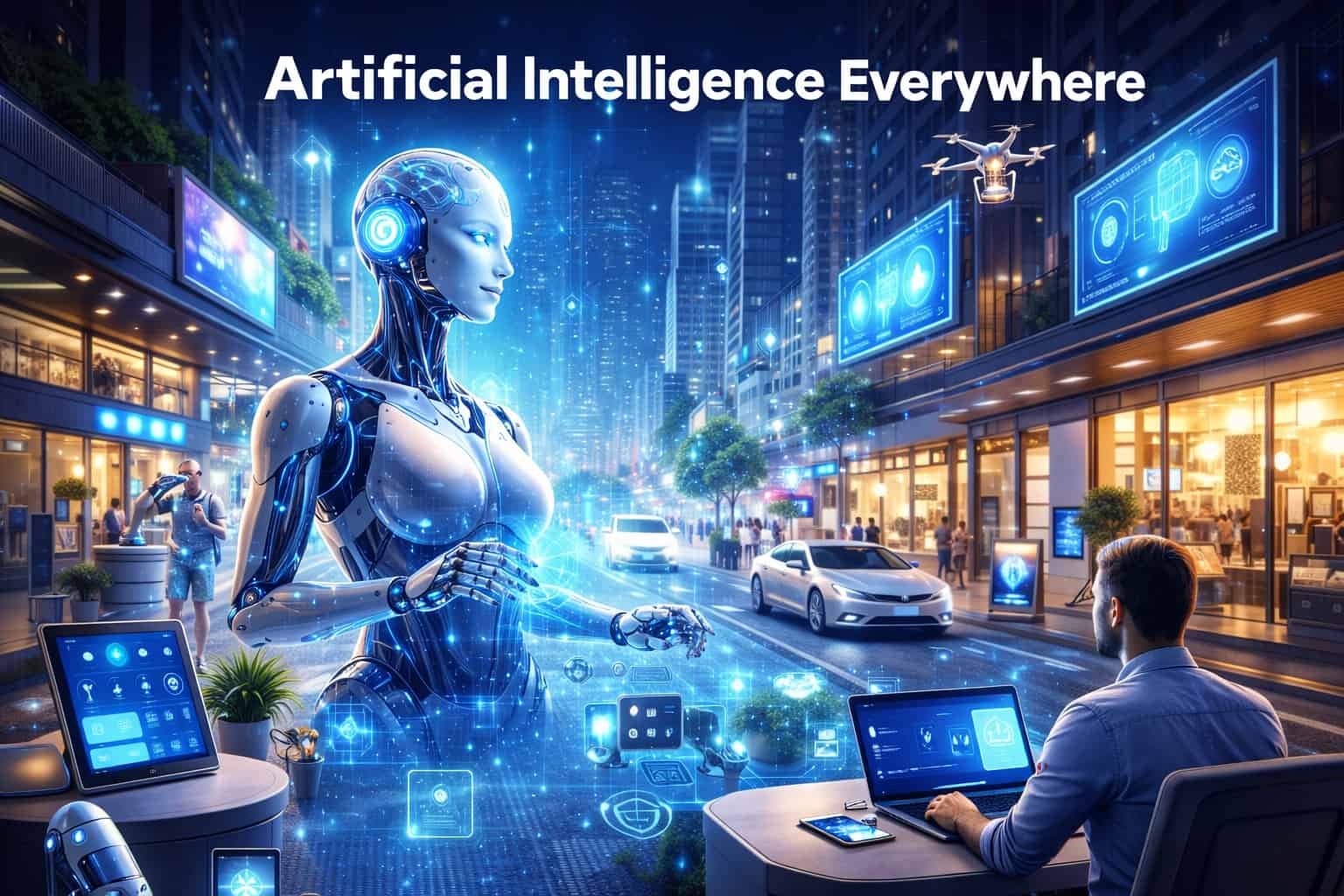LANSING – Artificial intelligence is coming at a fast and furious pace. Employers have to strategize the impact of AI on its operations. A study from researchers at Stanford University and MIT indicate that AI platforms such as ChatGPT could make workers more productive faster, meaning that certain skills, such as customer service positions, could be up and running in a shorter time than in the past.
In other words, the current skill gap employers are experiencing could be decreased greatly by these tools, and the talent pipeline could be readjusted to bring in lower-skilled employees. But there appears to be one other impact that likely would benefit employers – the pay level likely needed, at least initially, for these workers could be less while productivity improves.
The study showed that lower-skilled workers at an unnamed Fortune 500 software firm who had access to AI tools not only finished their work 35% faster than normal, but also were 14% more productive. This enabled them to learn and advance faster than their counterparts—reaching the same level of performance in just two months as their colleagues who had six months or more. Although pay was not discussed, a performance -based pay structure could be implemented over the six months (or the time period necessary) to adjust for the less skilled workers.
Chris Cantarella, global sector leader of Korn Ferry’s Software practice, believes that AI could help workers learn the basic skills for a role more quickly, allowing them to develop the communication, critical thinking, leadership, and other soft skills needed to advance. “AI may actually help elevate many lower-skilled workers into more highly skilled positions,” says Cantarella. Learning and development (L&D) professionals, take note.
Yet, AI doesn’t mean greater employment down the road, but likely less. A Goldman Sachs study showed that 300 million jobs could be lost due to the implementation of AI. Another study showed that 25% of companies will use chatbots as their primary channel for interacting with customers by 2027, which would have a negative impact of these workers currently in these positions. Will this also impact customer service ratings? Time will tell.
The World Economic Forum’s Future of Jobs Report 2023 estimates 83 million jobs will be automated over the next five years, while only 69 million will be created, for a net loss of 14 million worldwide. Whatever the numbers, AI is pushing employers into a transitionary phase, and workers will be the ones impacted. Unemployment, not only domestically, but internationally, will increase making more roles redundant.
Even HR will be impacted. IBM, for example, announced that they will replace some areas of HR with AI. The workers in those positions will eventually be laid off.
Another issue comes to play if higher skilled workers start using AI for their jobs. Generative AI is a self-learning platform, and the more it learns, the more it could do. The higher skilled workers could be setting themselves up for redundancy. To give an idea of an impact AI has currently, copywriters are losing jobs to AI tools.
Moreover, confidentiality rules need to be established for these employees, otherwise, trade secrets and other confidential information could be part of the greater AI universe.
Finally, L&D professionals need to be at the forefront of AI implementation within organizations, and this is not just for tools for roles, but as the tool for learning by employees. An AI-powered Learning Management System (LMS) can use learning algorithms to personalize the user learning experience and test and adjust the learning needed for the user to become more productive through more targeted training. The pace, depth, and breadth of the content can be adjusted to user’s unique requirements making them more productive in a shorter time, which leads back to the findings of the Stanford/MIT study.
For employers who do their research, AI could be the game changer they are looking for, and for L&D professionals, the beginning of the golden age of L&D.
Source: Korn Ferry 5/29/23, Forbes 5/28/23






